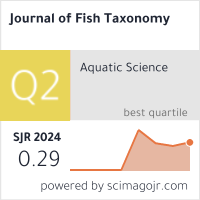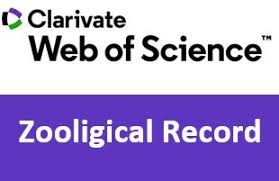Application of Geographic Information Systems (GIS) in Mapping Fish Species Distribution and Taxonomic Data
Keywords:
Geographic information systems (GIS), Mapping Fish Distribution (MFD), Taxonomic Data (TD)Abstract
By handling several geographical components simultaneously, GIS is a technology that may be used to clarify
problems and find solutions. For the past 15 years, aquaculture research has evaluated the suitability of coastal
areas for farming operations using GIS. Aquaculture management issues including habitat availability, the many
uses of estuarine waters, and research on how water quality affects the production of finfish and shellfish may all
be studied using GIS. Additionally, GIS has been utilized to address frequent issues between aquaculture
operations and marine duck habitats. FAO developed the website GIS Fish, which offers access to global
information on remote sensing, mapping, and geographic information systems (GIS) as they pertain to aquaculture
and inland fisheries. The US Fish and Wildlife Service, the US Geological Survey, and other federal and state
organizations utilize GIS to help in conservation efforts. GIS is used in many aquatic scientific fields, including
as oceanography, marine biology, stream ecology, aquatic botany, limnology, and hydrology. Applications
include using satellite imagery to identify, monitor, and lessen habitat damage. The state of inaccessible locations
can also be depicted through imagery. Scientists can monitor movements and devise a plan to identify areas of
concern. GIS may be used to monitor population shifts, endangered species, and invasive species. Much research
on wetlands has been conducted with an emphasis on their management and conservation features, with
encouraging outcomes.








